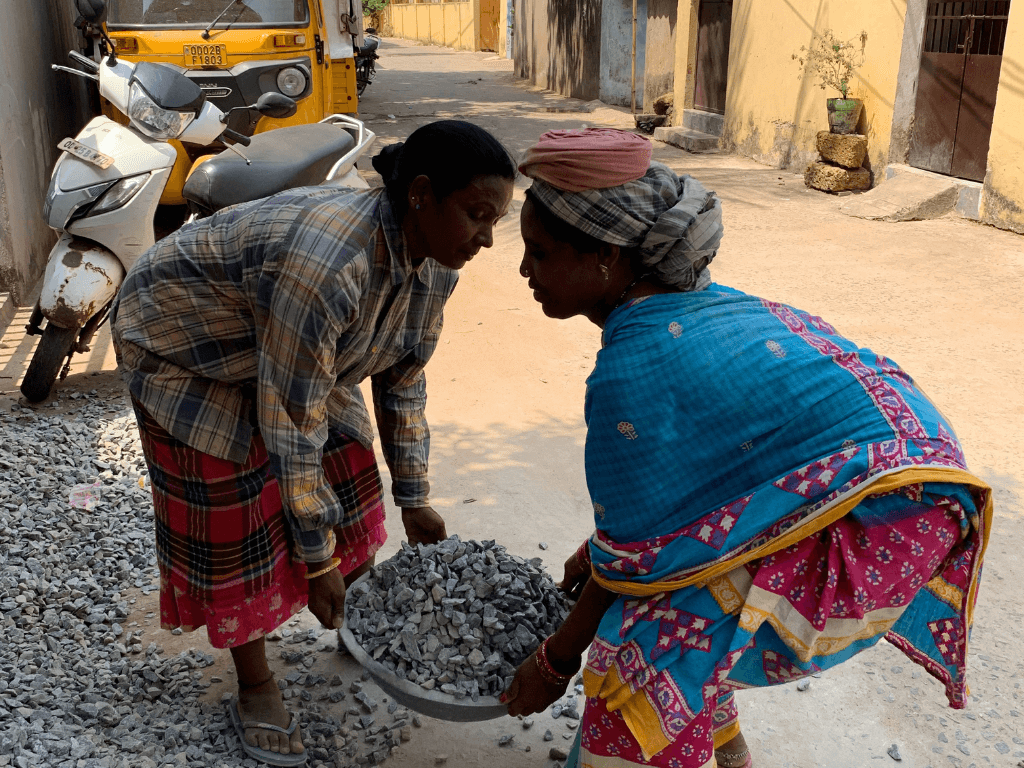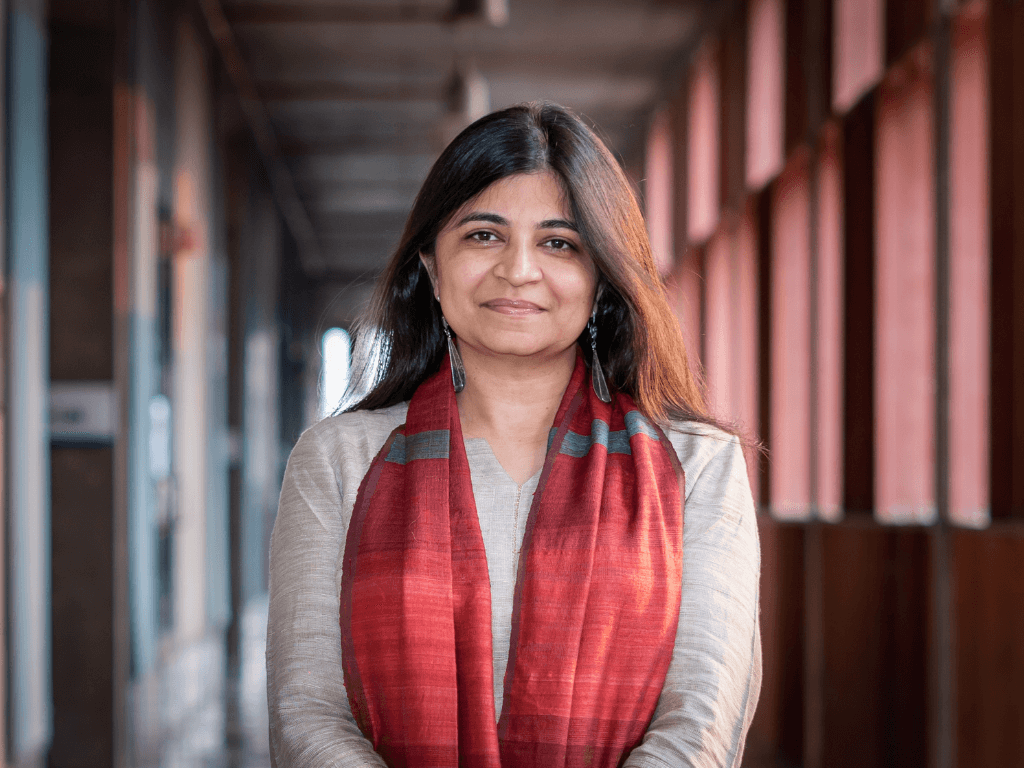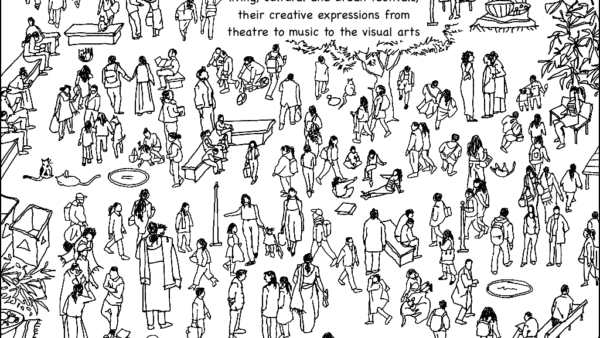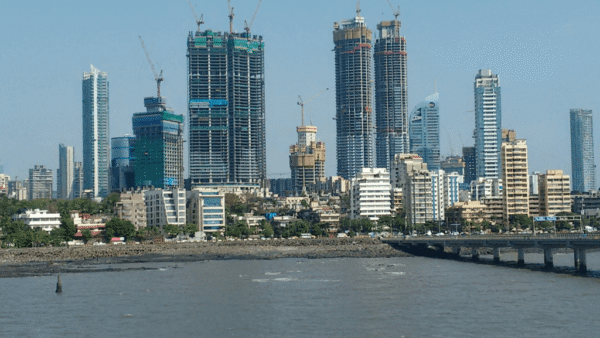Dr Minal Pathak lives and works in Ahmedabad, the city that experienced a deadly heat wave in 2010 and has since put in place Heat Action Plans to combat the effect of rising temperatures on people. Dr Pathak brings her impressive professional skills – a PhD in Environmental Science, visiting scholar at the Massachusetts Institute of Technology (MIT), senior scientist with the Intergovernmental Panel on Climate Change (IPCC), member of the organising committee of the IPCC Cities Conference, and key member of the Global Centre for Environment and Energy in Ahmedabad University – to bear on the issue. “Urban heat phenomenon will be pretty bad because we are building our cities with a lot of concrete,” says Dr Pathak as she holds forth on heat waves, Climate Change and city making.
How are the IPCC reports, which outline the rise in heat waves and warn about the future, being received in India?
They are much better received than earlier. Maybe it’s the combination of events happening and greater awareness, but the IPCC reports are getting more attention by governments, people, and the mainstream media. I remember that before the ‘1.5 Report’ (IPCC’s Sixth Assessment Report that indicates the repercussions of a 1.5 degrees Celsius increase in global temperatures), it was just another report that got covered and forgotten. The reception now is improving but it’s still not where we would like it to be. People don’t understand how this affects them, so that gap still needs to be filled.
How bad is the urban heat island phenomenon likely to get in our cities? Which cities are most at risk?
It’s going to get bad, pretty bad, because we’re building our cities with a lot of concrete. The more our cities are growing, the more their built-up area is increasing and the area under vegetation (green) is declining. This is going to make our cities much hotter. Cities that are naturally warmer will face a much higher impact, cities with moderate climates will be hotter too. Cities like Ahmedabad and Delhi which are already crossing 40 degrees Celsius will record 45 to 46 degrees Celsius. However, if we are able to find ways to sustain our green spaces, it would reduce the urban heat island effect.
Can you draw out the relationship between urban development and rising heat waves? What needs to be changed while planning cities so that they are more sustainable?
Open spaces with trees and such can work wonders in reducing heat, but it has to be a genuine effort to establish a green cover as well as plan for efficient rainwater harvesting. The green cover is declining due to construction and materials with which buildings are constructed. Most commercial buildings have glass facades which is terrible for the climate. The fancy new apartments barely have any green cover. Can we not have a minimum requirement for green cover? I don’t mean exotic potted plants or lawns which are bad because they require a lot of manure and water to maintain. Also, the Heat Action Plan is independent of the city plan in Ahmedabad, the two are not integrated. For example, in planning East Ahmedabad, there should be a collaboration between the city plan and HAP which will lay down how to construct new buildings with materials that are more sustainable and reflecting heat. They need to actively regulate building construction.

An estimated 300 million plus across India and Pakistan were affected in some way
by the recurring heat waves.
Photo: Shobha Surin
There has been a significant urban sprawl, increasing density in Ahmedabad over the past few decades. Is there a direct or immediate correlation to the rise in heat waves?
Urban sprawl has happened at the expense of the hinterland which would originally have been forests, or agricultural land or just wilderness, even rural habitats. When we build settlements and urbanise, we lose quite a bit of these. We have lost hundreds of trees, a lot of forest cover, and all that has a direct impact on urban heat. More sprawl and less density (of green) has adversely affected Ahmedabad with rising temperatures. The simple solution to this: we need more green cover, we need to rapidly plant trees and let them grow wild.
Ahmedabad was the first city in India and South Asia to chalk out a Heat Action Plan in 2013. Has it helped?
I think it has because it set the template for other cities and states to follow. It almost kickstarted a chain reaction. The Heat Action Plan has reduced the number of people dying in the cities every summer. So, it does have a positive impact.
Do you believe a National Heat Action Plan is possible or desirable?
A general guideline is certainly possible but not one plan because India has a diverse climate. It doesn’t matter at what level the plan is drawn up; what matters is how robust and ambitious it is. It needs to take into account the future. This might just be the coolest summer you will ever experience; next year can be worse. So, it’s not if Ahmedabad is ready for 45 degrees Celsius but whether it’s ready for 51 degrees Celsius. Sorry, if this sounds horrible but it is the truth.
Are Heat Action Plans enough to counter heat waves?
They are not enough; they provide only small symptomatic relief. My daughter and my husband suffered a heatstroke, you had one too. There are so many cases of heat-related morbidity too. If the plan was working, this wouldn’t happen. But I wouldn’t say it’s useless. The HAPs need to be monitored to see if they are fully implemented, especially for the people listed as vulnerable, and so on. It’s a great initial step but we need to find a way to upscale it.
You often emphasise the future.
Our emissions will increase and we must plan for it. India is creating climate or heat mitigation plans with the solar power initiatives, electric vehicles, switching from coal to renewable energy and so on. But there isn’t a direct correlation between what we do individually and heat, it’s not like you emit a molecule here and the warming happens right away here; it’s a function of concentration. So, if someone emits in the US, you are still likely to face a heat wave. This has been India’s argument on the global stage: We have contributed a lot less to climate change than the developed countries and it is their duty to reduce emissions rather than ours. But our emissions will increase too.
A study by Climate Impact Lab says heat would kill more than diseases and that India will be the worst-hit as temperatures rise. What measures must we take?
We need to have a concrete plan at the state level and also enforce it at the sub-national level. This should not just be for heat, but an integrated plan for Climate Change, nutrition, health and development. Human health is an important factor that will help people adapt and grow resilient against Climate Change. This especially applies to women because if they are not given adequate nutrition, they cannot withstand some of the extremes. So, there needs to be a multi-integrated agenda for Climate Change, urban development and health.
As a scientist, what kind of policy response would you like to see to combat heat waves?
I can outline three points: Firstly, we need to pay attention because heat waves are not a one-off phenomenon, they are likely to continue. So, I would like to say to whoever is reading: Wake up. Secondly, there need to be strong immediate measures at the policy level to identify the people who are at risk and ensure that policies respond to the most vulnerable. Thirdly, we need more long-term thinking that this is how it is going to be in the next 20-30 years, and accordingly plan what to do.
To those out there who still deny climate change or heat waves, what would you say?
They are living in fantasy. There is very strong evidence to show that human actions are causing climate change. The science is out there, it’s up to them to figure out how long they want to deny it.
What can we realistically do at an individual level to combat Climate Change?An individual can reduce between 40 and 70 per cent of their carbon footprint, but it needs to be supported by infrastructure. The choices you make in your day-to-day life – in the coolness of your air conditioner, appliances you buy, your commute, what you consume and where you buy it from, what you eat and where you get that from – are all contributing factors. From a more scientific perspective, the authors of the report studied 60 actions and the top three that emerged were: switching to electric vehicles, shifting to a plant-based diet and shifting from private motorised transport to walking, cycling and public transport.
Do you think it’s possible to walk in Indian cities?
You must have noticed that people in Ahmedabad walk and cycle a lot in the mornings. But, they wouldn’t want to walk to work. There are three months in a year when the weather is good enough to cycle or walk. If the majority of us cycled, the roads would be better. I agree that Indian cities are not fit for cycling, but we need to make it happen by putting in infrastructure.
Is “going green” a way for corporations to shift the responsibility of combating Climate Change on consumers?
If the corporations are not doing anything, then yes. But the choices consumers make decide what’s produced and how. If I say no to plastic, then the producer is forced to find alternatives. The consumer has power and corporations have the ability to influence the market. So, it works both ways.
How can educational centres and universities further the efforts against Climate Change?
Universities have a major role to play. It troubles me that the younger generation is not engaged in these conversations. There’s the ‘Fridays for Future’ movement, extinction rebellion, and Greta Thunberg, but such conversations are missing on Indian campuses, especially in Ahmedabad. In the elite schools that I go to, I’m finding it hard to engage students. Somewhere we are missing the mark. At Ahmedabad University, we have Climate Change as a core elective that every student has to study. We offer undergraduate, graduate and doctoral level courses in it too.
Girls and women suffer the most in extreme climate events, something that even the IPCC report flagged. How can we ensure that our policies are gender-sensitive?
When it comes to disaster plans, we need to see if women are on the committees and if they have the voice to make decisions. Most positions of power and decision-making are held by men and they don’t fully capture the gender dimension. You have to make the committee gender-sensitive which will in turn make the policies gender-sensitive. Climate policies shouldn’t just address gender balance but they should do more to correct the gender inequality in society.
Ananya Desai, currently based in Ahmedabad, is a university professor by day and writer by night. She cares deeply about climate change and issues pertaining to violence against women. She is working on her first novel.
Cover Photo: Ananya Desai




